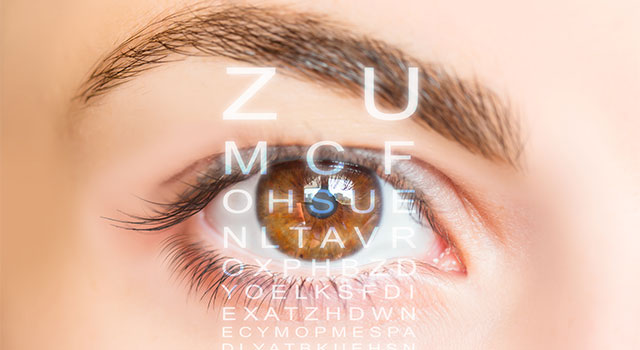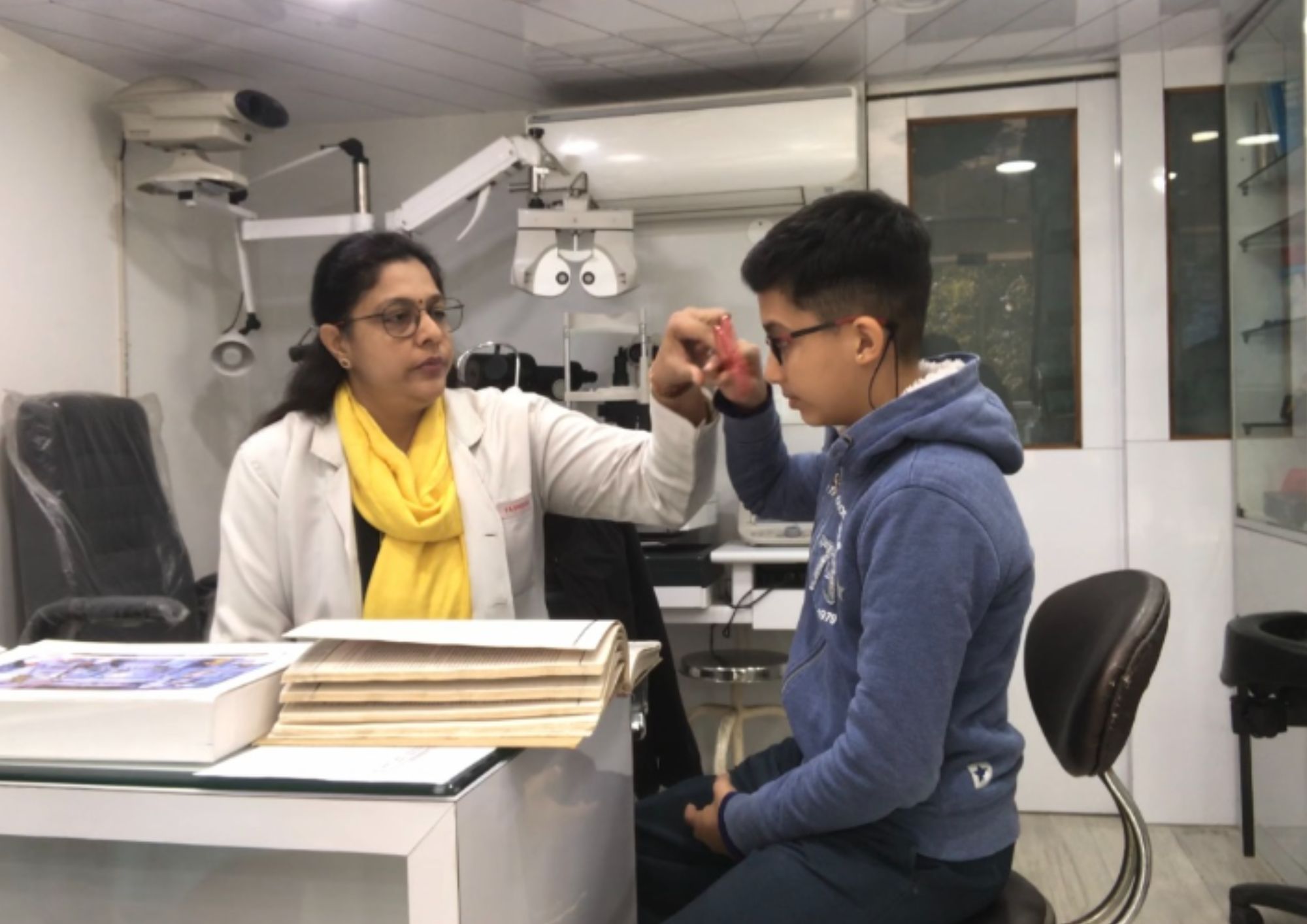Refractive Surgeries in AL: Enhance Your Vision with Specialist Treatment
Refractive Surgeries in AL: Enhance Your Vision with Specialist Treatment
Blog Article
The Duty of Advanced Diagnostic Tools in Identifying Eye Disorders
In the realm of ophthalmology, the use of advanced diagnostic tools has actually changed the early identification and administration of different eye problems. From spotting subtle modifications in the optic nerve to keeping track of the progression of retinal illness, these innovations play a pivotal function in improving the precision and effectiveness of identifying ocular problems. As the need for exact and prompt medical diagnoses proceeds to expand, the assimilation of cutting-edge tools like optical comprehensibility tomography and visual area testing has become important in the realm of eye care. The complex interaction between innovation and sensory methods not only clarifies elaborate pathologies however also opens doors to customized therapy methods.
Importance of Very Early Diagnosis
Very early diagnosis plays a critical function in the efficient administration and therapy of eye conditions. By detecting eye disorders at an early stage, medical care service providers can use proper therapy strategies customized to the details problem, ultimately leading to better outcomes for patients.

Innovation for Finding Glaucoma
Sophisticated analysis modern technologies play a vital function in the early detection and surveillance of glaucoma, a leading reason for permanent blindness worldwide. One such modern technology is optical comprehensibility tomography (OCT), which offers detailed cross-sectional pictures of the retina, permitting the dimension of retinal nerve fiber layer thickness. This dimension is crucial in examining damage brought on by glaucoma. Another innovative device is visual area testing, which maps the level of sensitivity of an individual's aesthetic field, aiding to find any type of areas of vision loss feature of glaucoma. Furthermore, tonometry is used to determine intraocular pressure, a major risk variable for glaucoma. This test is crucial as raised intraocular stress can result in optic nerve damages. Furthermore, more recent technologies like using expert system algorithms in assessing imaging data are revealing promising lead to the very early discovery of glaucoma. These advanced analysis devices make it possible for ophthalmologists to identify glaucoma in its onset, permitting timely treatment and far better monitoring of the disease to stop vision loss.
Duty of Optical Coherence Tomography

OCT's ability to quantify retinal nerve fiber layer thickness enables accurate and objective dimensions, helping in the very early detection of glaucoma even prior to visual area flaws end up being evident. In addition, OCT innovation allows longitudinal tracking of structural modifications over time, promoting individualized treatment plans and timely treatments to help protect patients' vision. The non-invasive nature of OCT imaging also makes it a favored selection for checking glaucoma progression, as it can be repeated regularly without triggering pain her latest blog to the patient. In general, OCT plays a critical role in improving the analysis precision and management of glaucoma, ultimately contributing to much better end results for people in jeopardy of vision loss.
Enhancing Diagnosis With Visual Field Testing
A necessary part in detailed sensory analyses, aesthetic area testing plays a critical role in enhancing the diagnostic procedure for numerous eye problems. By examining the complete degree of an individual's visual field, this examination gives critical info about glaucoma service near me the functional honesty of the whole visual pathway, from the retina to the aesthetic cortex.
Visual field screening is especially important in the diagnosis and monitoring of problems such as glaucoma, optic nerve disorders, and numerous neurological illness that can impact vision. Through measurable dimensions of peripheral and main vision, clinicians can detect refined modifications that may show the existence or development of these conditions, also prior to noticeable signs occur.
Furthermore, aesthetic area screening permits the tracking of therapy efficacy, assisting eye doctors tailor healing interventions to private patients. eyecare near me. By tracking modifications in aesthetic field performance with time, doctor can make enlightened choices concerning adjusting medicines, advising surgical interventions, or applying other suitable actions to preserve or improve an individual's aesthetic feature
Managing Macular Degeneration

Conclusion
To conclude, advanced analysis tools play an essential duty in determining eye problems early. Technologies such as Optical Coherence Tomography and aesthetic area testing have actually significantly boosted the accuracy and effectiveness of detecting conditions like glaucoma and macular deterioration. Early detection enables for prompt intervention and management of these conditions, inevitably resulting in much better end results for clients. It is crucial for medical care professionals to stay upgraded on these advancements to offer the very best feasible care for their clients. eyecare near me.
Report this page